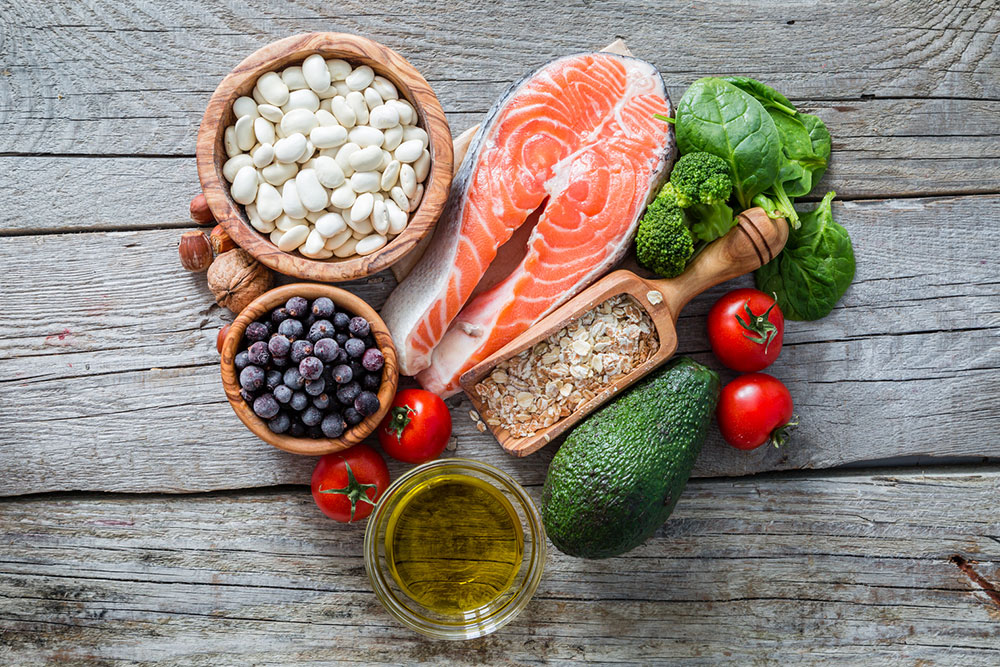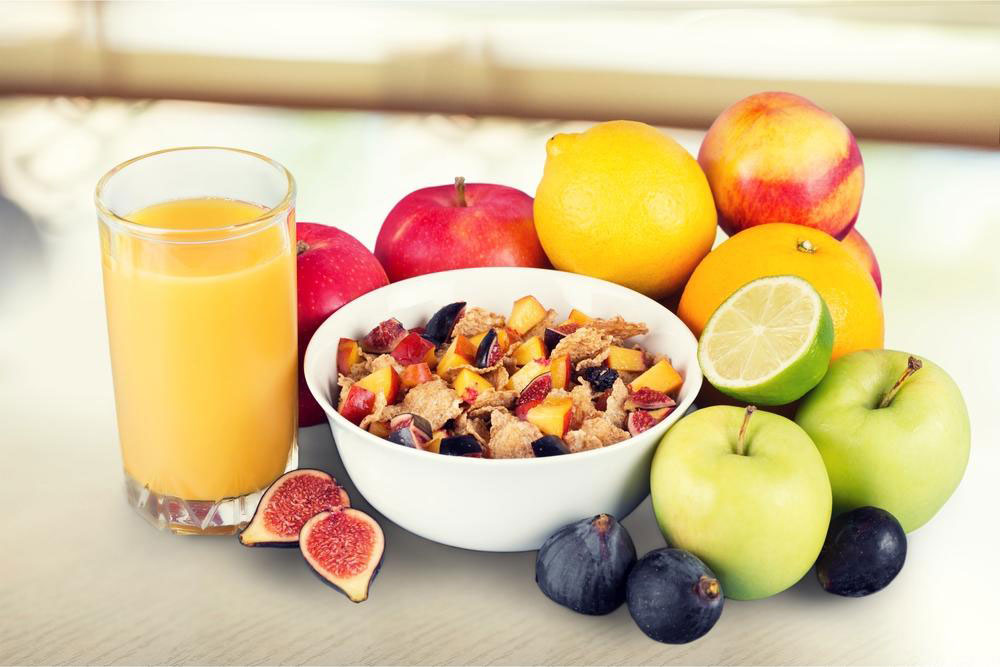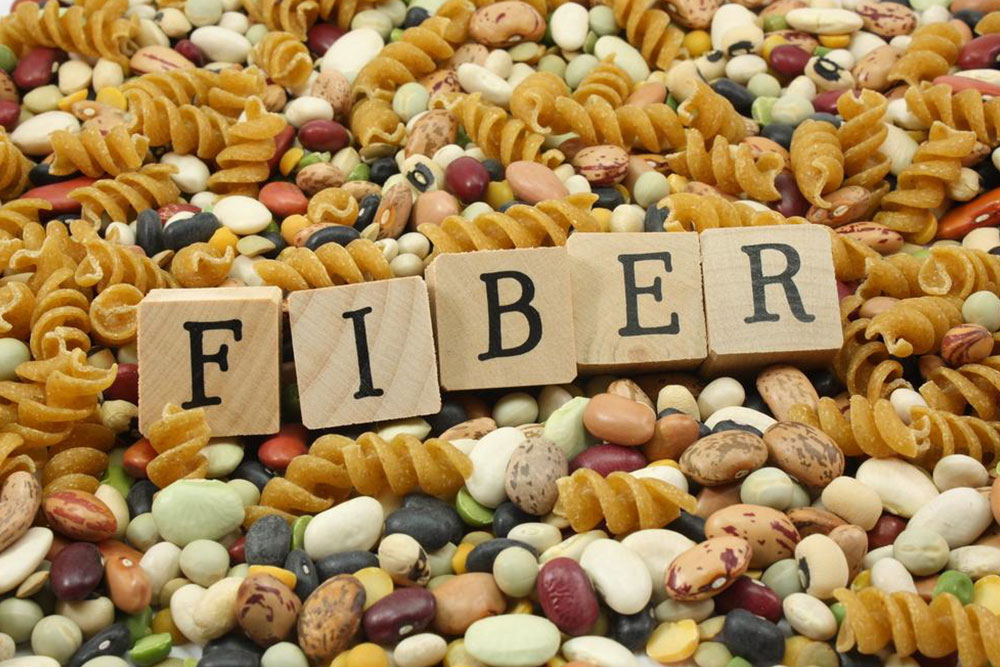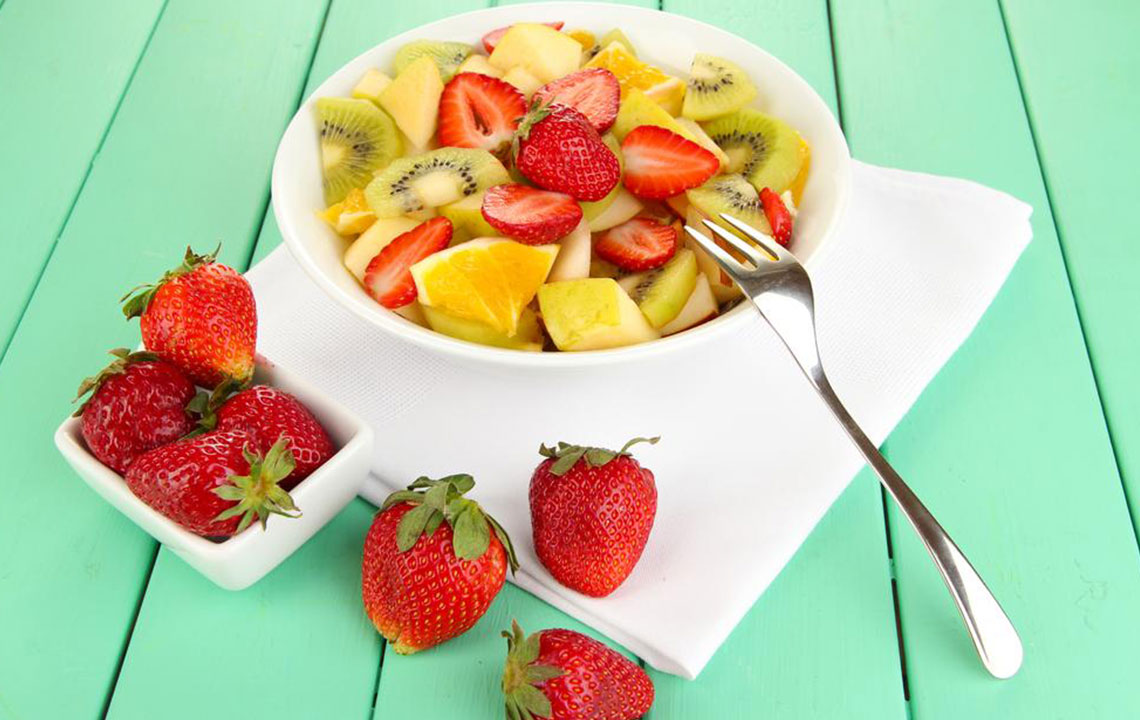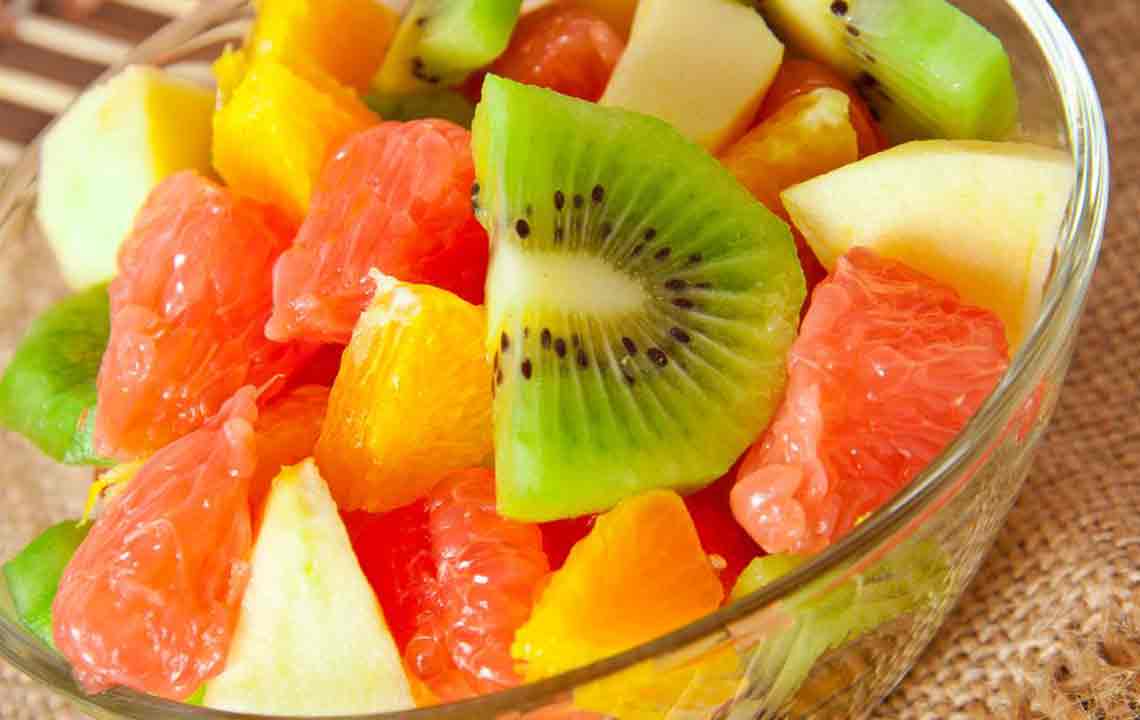Comprehensive Guide to Managing Diet for Type 2 Diabetes
This comprehensive guide explores essential dietary strategies for managing type 2 diabetes. It covers foods to include and avoid, practical meal ideas, and tips for making sustainable changes. Emphasizing balance and gradual adjustments, the article helps individuals adopt healthier eating habits to control blood sugar levels, promote weight management, and improve overall health. Perfect for those seeking manageable approaches to a diabetic-friendly diet.
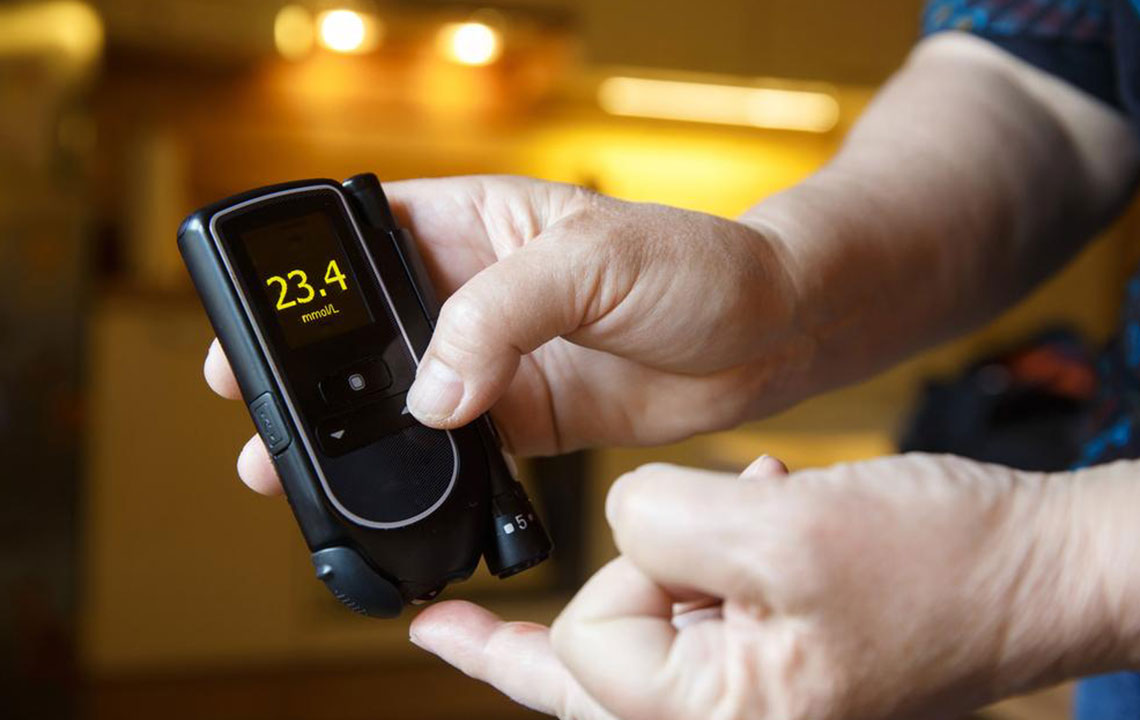
Understanding Dietary Management for Type 2 Diabetes
For individuals with type 2 diabetes, diet plays a crucial role in managing the condition. A well-planned diet should focus on balancing carbohydrate, fat, salt, and fiber intake. When diagnosed, significant dietary adjustments are essential for better blood sugar control. Instead of complicated lists of restrictions, embracing a nutritious and balanced diet is the key. The goal is to make sustainable, qualitative changes to your eating habits that support long-term health benefits.
Reasons for Dietary Changes
Historically, misconceptions led many patients to avoid foods with sugar entirely. Recent research simplifies dietary guidelines, focusing on creating healthy, balanced eating patterns. Instead of obsessing over restrictive rules, the emphasis is on choosing nutritious foods that promote good health over the long term.
Diet plans for type 2 diabetes can be tailored based on individual eating preferences and health goals. The main objectives include maintaining blood glucose levels, controlling blood fats, managing blood pressure, and achieving a healthy weight.
Foods to Limit or Avoid
Patients are advised to cut down on sugary beverages and fruit juices, which can lead to rapid spikes in blood sugar and contribute to weight gain. Opt for water, sugar-free drinks, or diet sodas instead. Some products labeled as “diabetic-friendly” may contain high fats and calories, so it's better to stick with familiar, wholesome foods. Avoid excessive consumption of processed foods that are high in fats and sugars, as they can adversely impact your health.
Nutrient-Rich Options for Breakfast, Lunch, and Dinner
You don’t need to give up your favorite dishes; instead, choose healthier versions. For breakfast, try cereal with semi-skimmed milk, wholegrain toast with jam, fresh fruits, or fat-free yogurt. Lunch options include soups with a roll or salads with lean meats. Dinner can range from roasted chicken with vegetables and potatoes to dishes like curry with rice, salmon noodles, or stir-fried vegetables with beef. Adjust recipes to incorporate more vegetables and lower salt, sugar, and fat content.
Eating Healthy Without Major Changes
Many dishes can be made healthier without drastically altering your current diet. Reduce salt, sugar, and fat while increasing fruit and vegetable intake. Pay attention to portion sizes and slowly incorporate these modifications to make them sustainable. Drastic changes may be hard to maintain, so gradual adjustments are recommended for long-term success and easier adherence.
Snacking and Medication Considerations
If you are not on medication, snacking between meals isn’t necessary. However, if medication raises the risk of hypoglycemia, small snacks like fruits, fat-free yogurt, or rice cakes can help prevent lows. Always consult your healthcare provider for personalized advice. Over-snacking can hinder weight management and disrupt blood sugar control. Focus on moderate portion sizes and healthy snack options if needed to support your overall diabetes management plan.
Important Note:
The information provided is intended for general educational purposes. While our content offers helpful insights, it is not a substitute for professional medical advice. Always consult your healthcare provider for personalized guidance and treatment options regarding your diabetes management.



